Dislocation Mechanics Pile-Up and Thermal Activation Roles in Metal Plasticity and Fracturing
Abstract
:1. Historical Background Leading to Dislocation Mechanics
2. Nanopolycrystal Hall-Petch Grain Size Strengthening
3. Thermally-Activated Dislocation Mobility Relations
3.1. Thermally-Activated FCC Strain Hardening
3.2. Thermal BCC Yield Stress
4. Brittle Fracturing and Fracture Mechanics
4.1. The Ductile-to-Brittle Transition Temperature (DBTT)
4.2. Plastic Zone and Grain Size in Fracture Mechanics
5. Discussion
6. Summary
Conflicts of Interest
References
- Armstrong, R.W. Plasticity: Grain size effects III. In Reference Module in Materials Science and Engineering; Hashmi, S., Ed.; Elsevier: New York City, NY, USA, 2018; pp. 1–23. [Google Scholar]
- Jindal, P.C.; Armstrong, R.W. The dependence of the hardness of cartridge brass on grain size. Trans. TMS-AIME 1967, 239, 1856–1857. [Google Scholar]
- Armstrong, R.W. The influence of polycrystal grain size on several mechanical properties. Metall. Trans. 1970, 1, 1169–1176. [Google Scholar] [CrossRef]
- Armstrong, R.W. 60 years of Hall-Petch: Past to present nano-scale connections. Mater. Trans. 2014, 55, 2–12. [Google Scholar] [CrossRef]
- Armstrong, R.W. Hall-Petch description of nanopolycrystalline Cu, Ni and Al strength levels and strain rate sensitivities. Phil. Mag. 2016, 96, 3097–3108. [Google Scholar] [CrossRef]
- Jeffries, Z. Effect of temperature, deformation and grain size on the mechanical properties of metals. Trans. TMS-AIME 1919, 60, 474–576, with discussion by C.H. Mathewson and others. [Google Scholar]
- Seeger, A. Kristallplastizität. In Handbuch der Physik VII/2, Crystal Physics II; Flugge, S., Ed.; Springer: Berlin, Germany, 1958; pp. 1–210. [Google Scholar]
- Armstrong, R.W. Thermal activation–strain rate analysis (TASRA) for polycrystalline materials. J. Sci. Ind. Res. 1973, 32, 591–598. [Google Scholar]
- Armstrong, R.W.; Walley, S.M. High strain rate properties of metals and alloys. Intern. Mater. Rev. 2008, 53, 105–128. [Google Scholar] [CrossRef]
- Zerilli, F.J.; Armstrong, R.W. Dislocation mechanics based analysis of material dynamics behavior: Enhanced ductility, deformation twinning, shock deformation, shear instability, dynamic recovery. J. Phys. IV France Colloq. 1997, 7, 637–642. [Google Scholar] [CrossRef]
- Johnson, G.R.; Cook, W.H. A constitutive model and data for metals subjected to large strains, high strain rates, and high temperatures. In Proceedings of the 7th International Symposium on Ballistics, The Hague, The Netherlands, 19–21 April 1983; pp. 541–547. [Google Scholar]
- Carrington, W.E.; Gaylor, M.L.V. The use of flat-ended projectiles for determining dynamic yield stress III. Changes in microstructure caused by deformation under impact at high striking velocities. Proc. R. Soc. Lond. A 1948, 194, 323–331. [Google Scholar]
- Armstrong, R.W. Material grain size and crack size influences on cleavage fracturing. Phil. Trans. R. Soc. A 2015, 373, 20140124. [Google Scholar] [CrossRef] [PubMed]
- Irwin, G.R. Fracture. In Handbuch der Physik VI; Flugge, S., Ed.; Springer: Berlin, Germany, 1958; pp. 551–590. [Google Scholar]
- Armstrong, R.W. Crack Size and Grain Size Dependence of the Brittle Fracture Stress. In Dritte Intern. Tagung uber den Bruck, ICF3; Kochendorfer, A., Ed.; Verein Deutscher Eisenhuttenleute: Dusseldorf, Germany, 1973; p. III-421. [Google Scholar]
- Bilby, B.A.; Cottrell, A.H.; Swinden, K.H. The Spread of Plastic Yield from a Notch. Proc. R. Soc. Lond. A 1963, 272, 304–314. [Google Scholar]
- Armstrong, R.W. Dislocation viscoplasticity aspects of material fracturing. Eng. Fract. Mech. 2010, 77, 1348–1359. [Google Scholar] [CrossRef]
- Hu, X.-Z.; Liang, L. Elastic-Plastic and Quasi-Brittle Fracture. In Handbook of Mechanics of Materials; Hsueh, C.H., Schmauder, S., Chen, C.-S., Chawla, K.K., Chawla, N., Chen, W., Kagawa, Y., Eds.; Springer: Singapore, 2019; pp. 1–32, see Figure 11. [Google Scholar]
- Armstrong, R.W.; Walley, S.M.; Elban, W.L. Elastic, plastic and cracking aspects of the hardness of materials. Int. J. Mod. Phys. B 2013, 28, 1330004. [Google Scholar] [CrossRef]
- Vinogradov, A.; Estrin, Y. Analytical and numerical approaches to modelling severe plastic deformation. Prog. Mater. Sci. 2018, 95, 172–242. [Google Scholar]
- Armstrong, R.W. Size Effects on Material Yield Strength/Deformation/Fracturing Properties. J. Mater. Res. 2019, in press. [Google Scholar] [CrossRef]
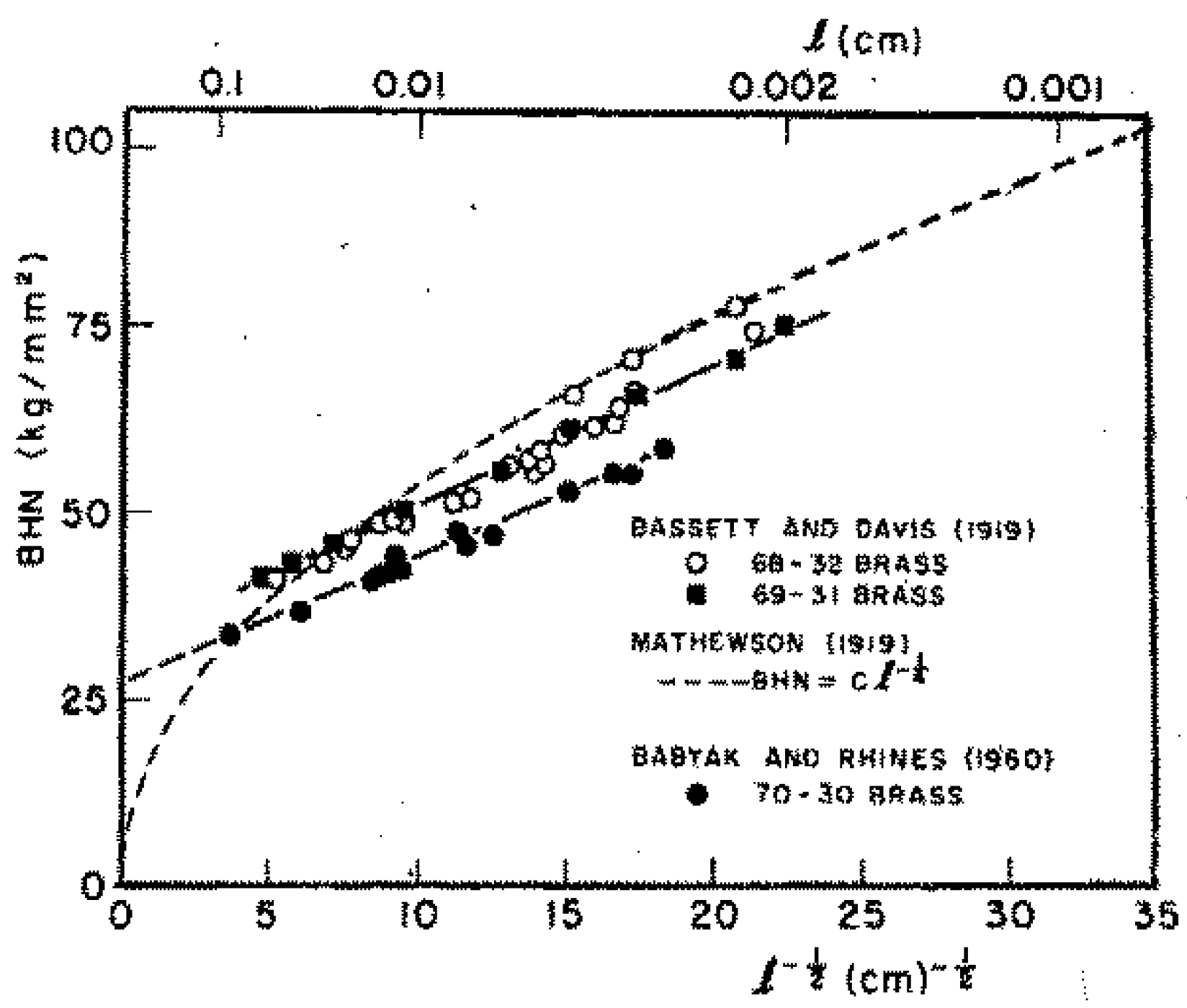
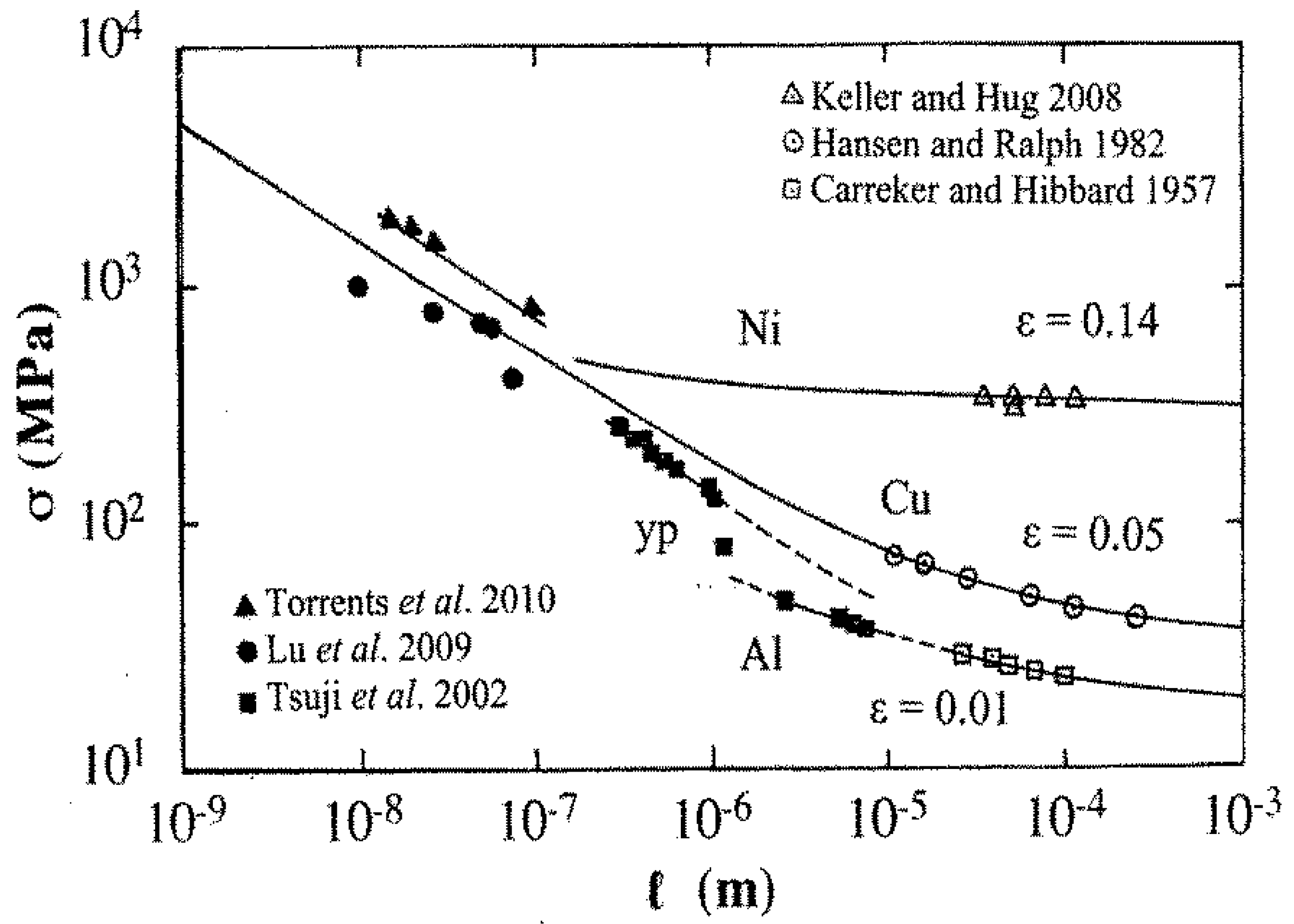
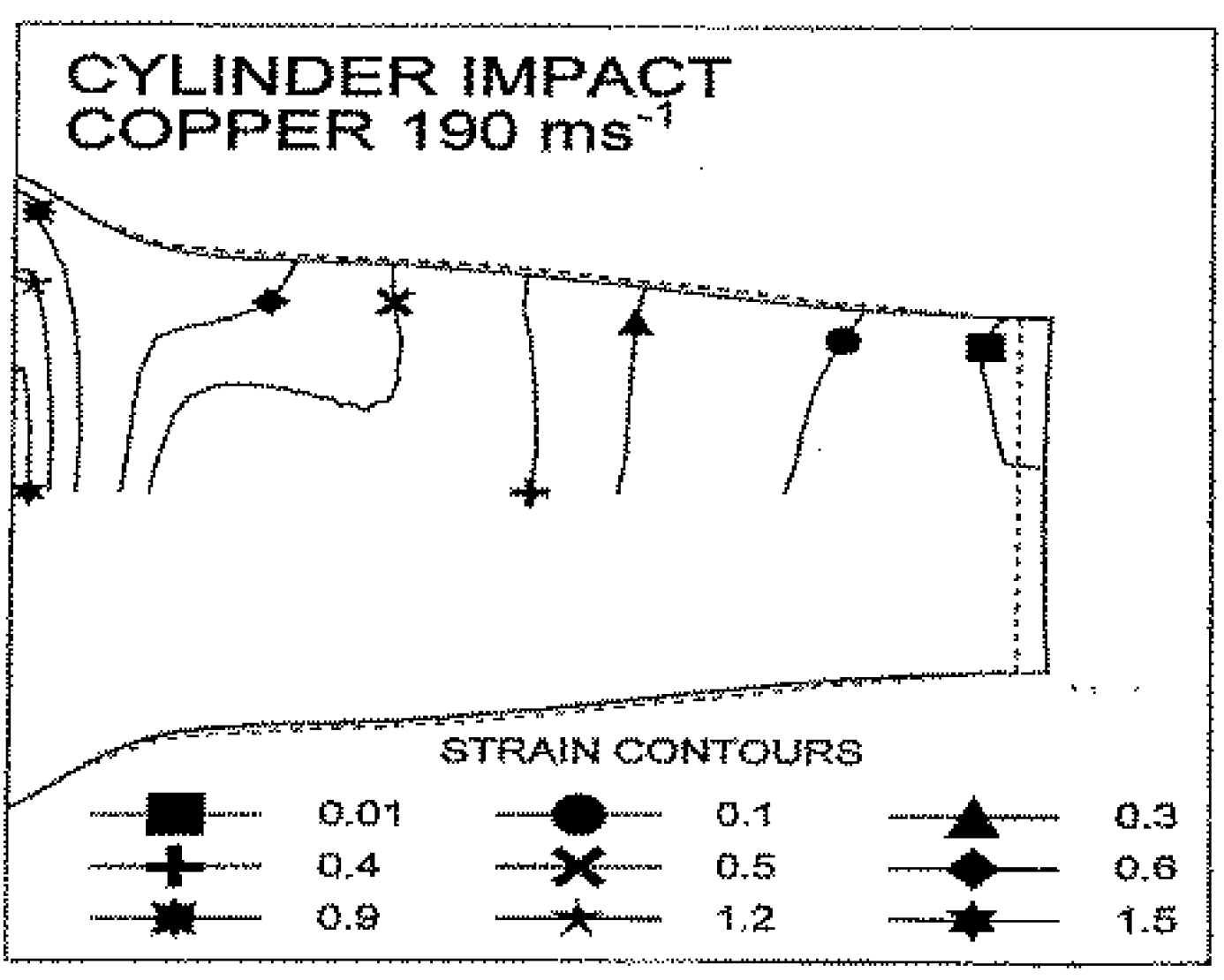
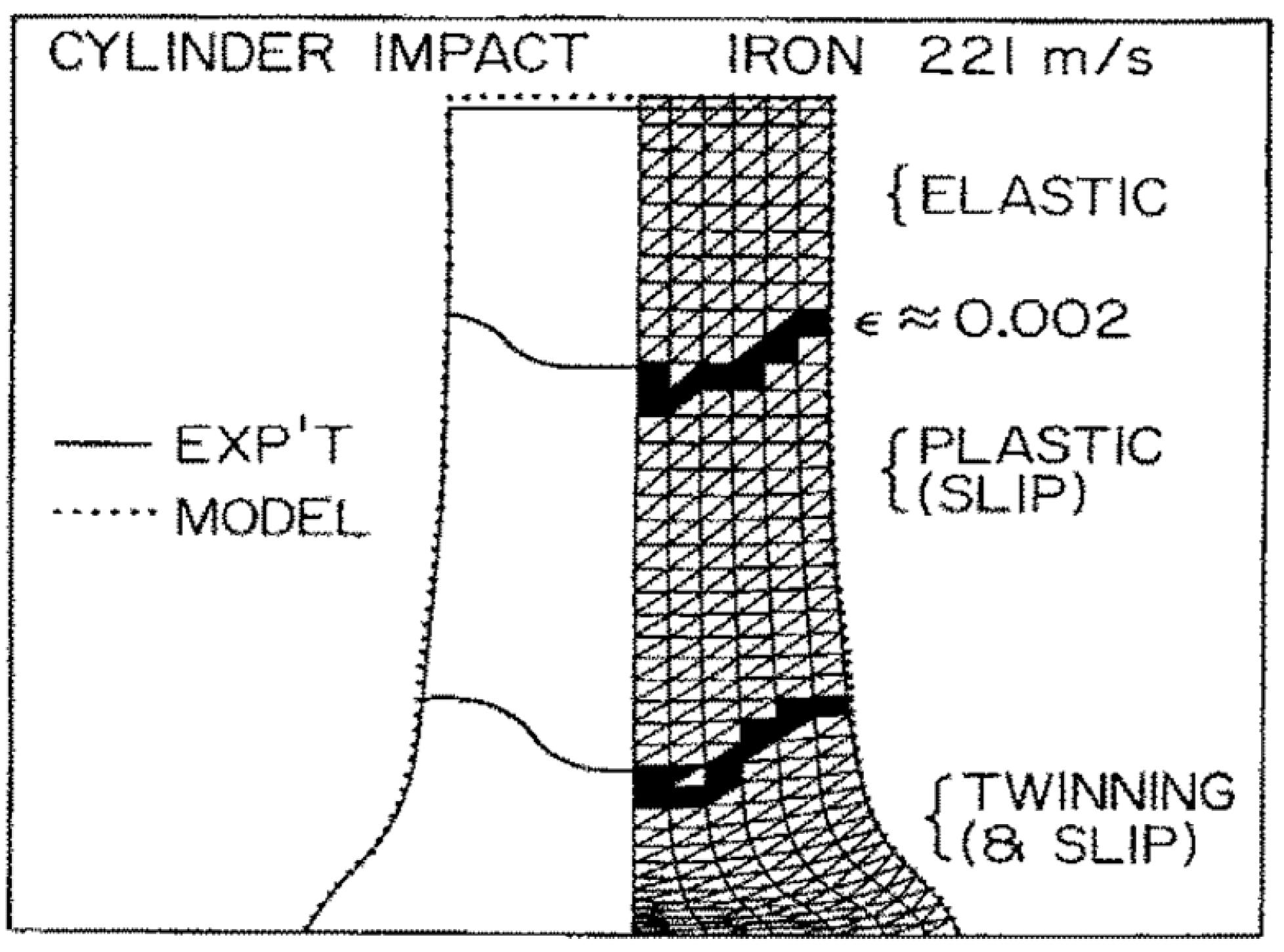
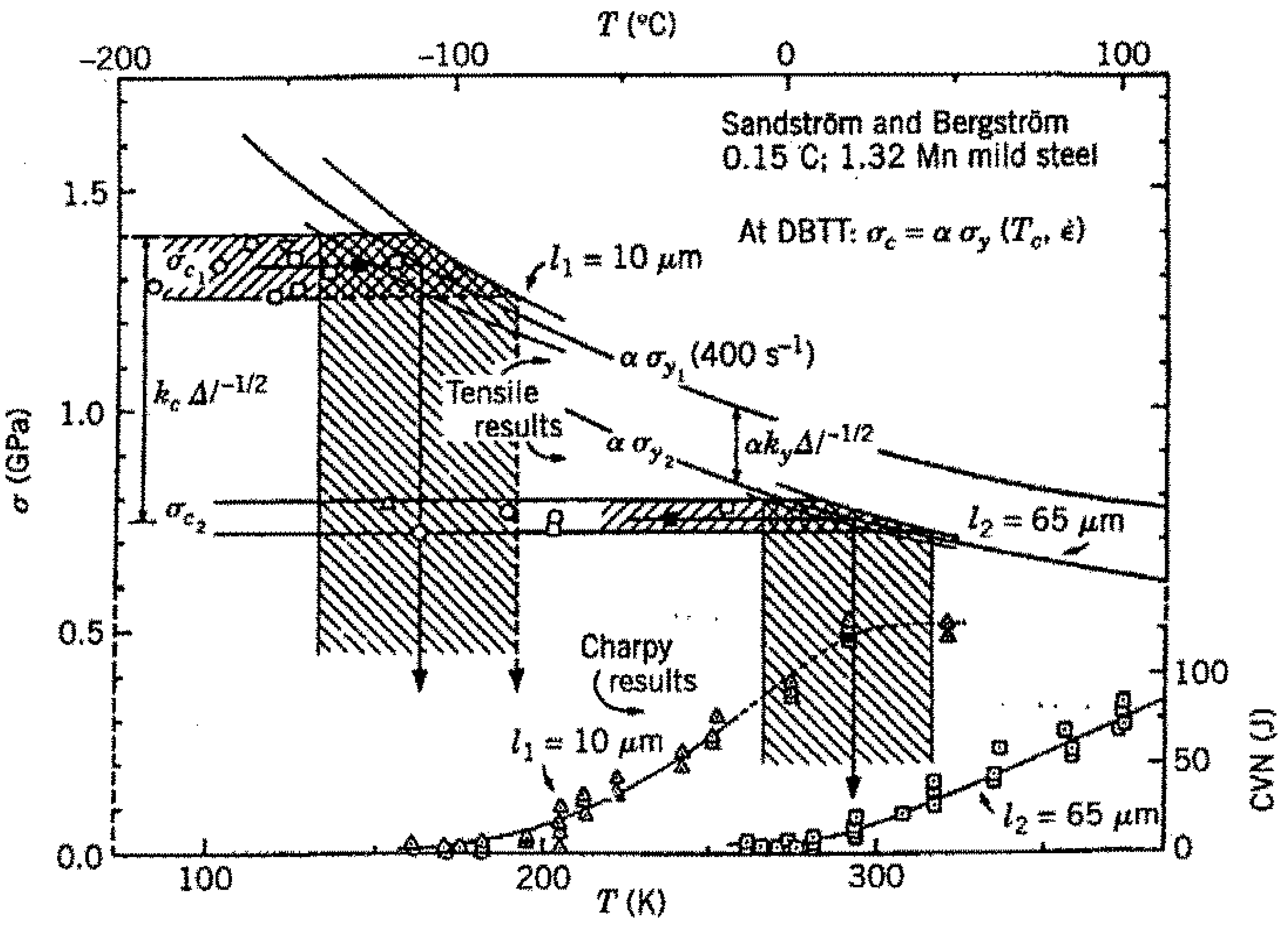
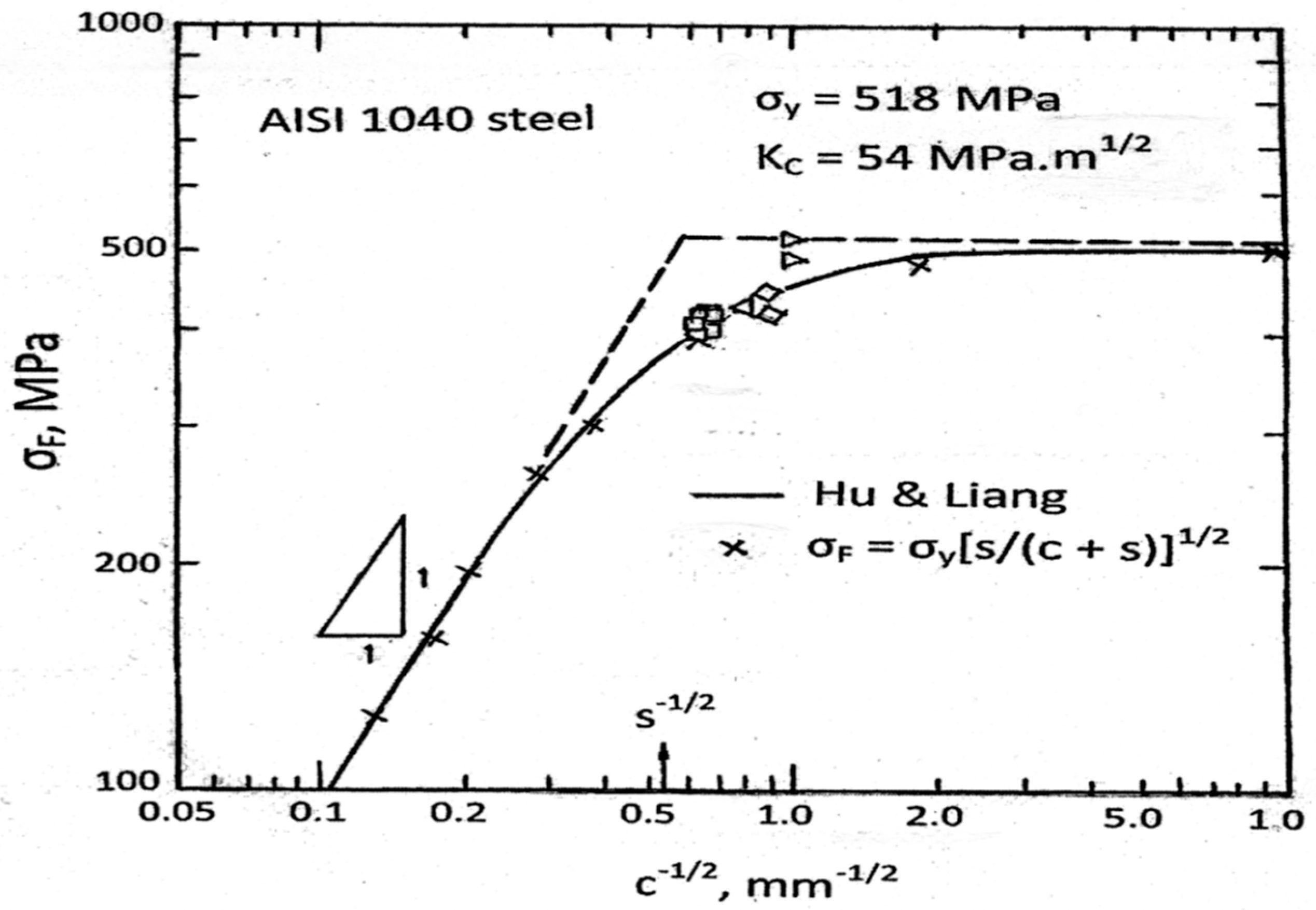
© 2019 by the author. Licensee MDPI, Basel, Switzerland. This article is an open access article distributed under the terms and conditions of the Creative Commons Attribution (CC BY) license (http://creativecommons.org/licenses/by/4.0/).
Share and Cite
Armstrong, R.W. Dislocation Mechanics Pile-Up and Thermal Activation Roles in Metal Plasticity and Fracturing. Metals 2019, 9, 154. https://doi.org/10.3390/met9020154
Armstrong RW. Dislocation Mechanics Pile-Up and Thermal Activation Roles in Metal Plasticity and Fracturing. Metals. 2019; 9(2):154. https://doi.org/10.3390/met9020154
Chicago/Turabian StyleArmstrong, Ronald W. 2019. "Dislocation Mechanics Pile-Up and Thermal Activation Roles in Metal Plasticity and Fracturing" Metals 9, no. 2: 154. https://doi.org/10.3390/met9020154
APA StyleArmstrong, R. W. (2019). Dislocation Mechanics Pile-Up and Thermal Activation Roles in Metal Plasticity and Fracturing. Metals, 9(2), 154. https://doi.org/10.3390/met9020154




